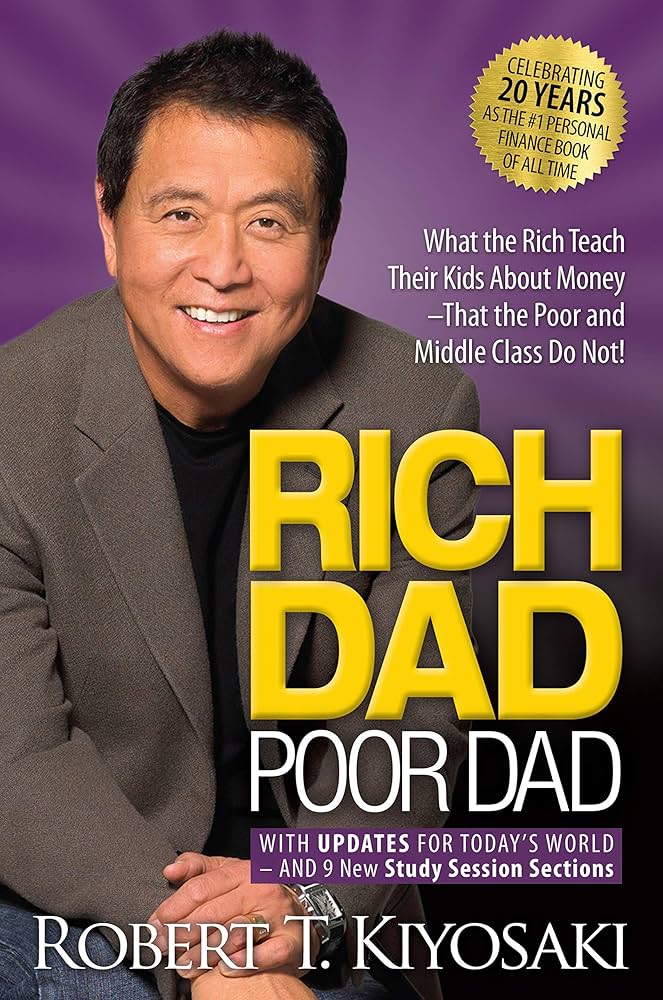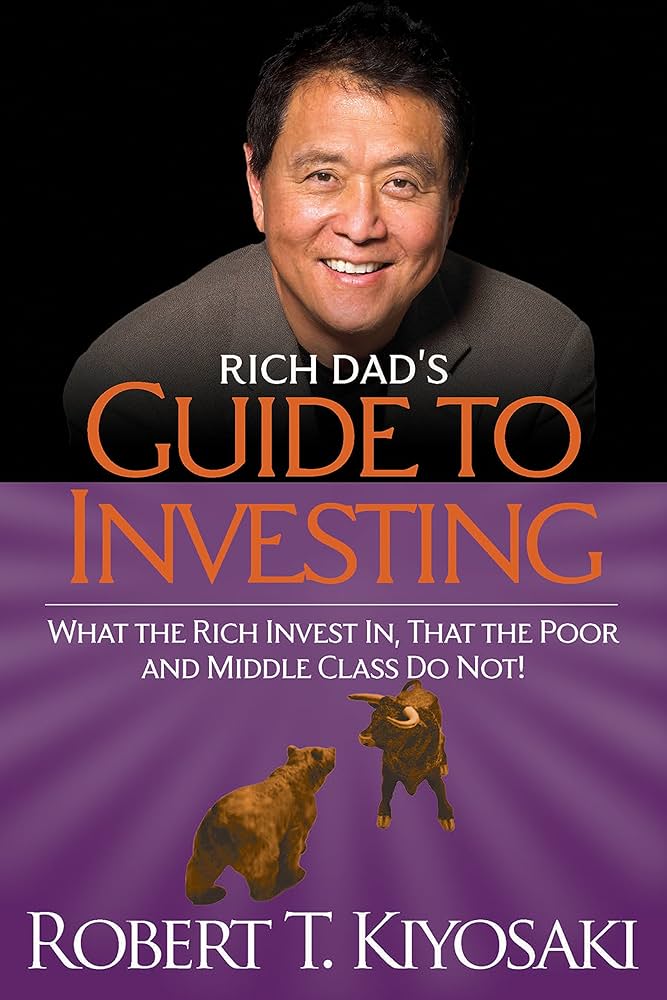“The main reason people struggle financially is because they have spent years in school but learned nothing about money.”
If you’re looking for a financial textbook that teaches you the rules of money, you’re in the wrong place. Rich Dad Poor Dad is a mindset manifesto that attempts to deconstruct societal structures, educational precedence, and clear rules. Author Robert Kiyosaki does not dive into financial instruments and calculations but presents a compelling case for why financial literacy is essential and how most of us never get it.
Kiyosaki argues that most people are too proud to admit they are the problem for their own financial struggles. It’s far easier to blame your boss for withholding a pay raise, or the government for the way you’re taxed. It may feel like life is pushing you around; and some get discouraged. But for those who choose to push back, Kiyosaki provides some key life lessons to get them started.
Key takeaways
- Don’t let your emotions make decisions for you. Knee-jerk reactions will not increase your wealth long-term. A job is only a short-term solution to a long-term problem. Ask yourself: “Is there another way?”
- Learn to distinguish between assets (things that put money in your pocket) and liabilities (things that take money out). Buying a house is a liability because you’re putting money into it, not getting money out of it, and it comes with ongoing costs. An income property, however, is an asset. “The rich buy assets. The poor and middle class buy liabilities that they think are assets,” Kiyosaki writes.
- Don’t be afraid of taking risks. Being broke is temporary; being poor is eternal. This may be difficult to digest, especially for students who save their income during the summer and spend it all during the school year. We’re trained to play it safe, but building wealth often requires strategic, calculated risk and a tolerance for failure.
What I liked about this book
- The book’s biggest strength is its focus on mindset. The author encourages readers to think like investors instead of just employees. I found this perspective was empowering and eye-opening.
- He does a great job explaining basic financial principles in a way that is easy to understand, even for beginners, through words, visual diagrams, real-world examples, and personal narratives. After reading this book, I started thinking of gaps in everyday life and asked myself: “What is the solution?”
- The author’s own unconventional approach to investing encourages new perspectives and critical thinking.
What I didn’t love
- While the book was big on philosophy, it lacked practical, actionable steps.
- I found some learnings to be outdated. For example, a historical lesson on tariffs would not necessarily help someone learning about tax benefits or a First Home Savings Account.
- The author oversimplifies certain financial ideas and romanticizes risk. For example, he downplays the security of a steady job, which may not be practical for everyone. Take a student without financial aid – savings from a steady job to reduce student debt would likely be more financially practical than investing in potentially risky assets.
Who should read it?
This book is great for young adults and beginners in personal finance looking to get inspired about financial freedom, as well as employees who feel stuck in a 9 to 5 job and are curious about alternative ways to build wealth.
The final verdict
This book is just the first step, not the finish line. It relays life lessons and provides guidance around how to handle challenges. It will not make you financially literate by itself, but Kiyosaki’s insights will make you want to understand your finances, which can be half the battle. It’s a great read for anyone who needs the nudge to start thinking like an investor, not just dreaming of it.
Check out additional book reviews, including one of Kiyosaki’s follow-up book, Rich Dad’s Guide to Investing.



